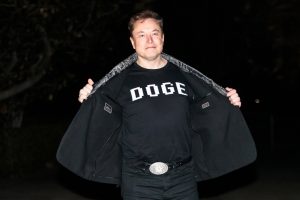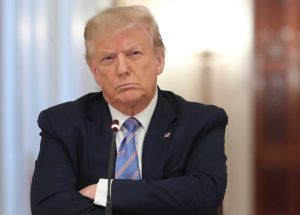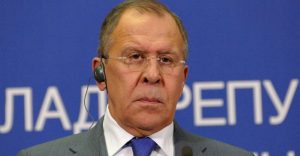As U.S. military aid declines, Europe aims to boost Ukraine’s self-defense with a two-part strategy.
Others are reading now
Ukraine’s path to lasting security, whether or not a ceasefire is ever reached, lies in transforming the country into what supporters call a “steel porcupine”—a state armed so heavily it can’t be easily attacked.
According to The Economist, this vision is at the heart of a new two-part strategy developed by the European Commission, as military support from the United States continues to shrink.
At the center of the plan is former Estonian Prime Minister Kaja Kallas, now the EU’s foreign policy chief.
She proposes doubling EU military aid to Ukraine in 2025 to €40 billion, while also boosting Ukraine’s own defense production.
Also read
Step One: Deliver More Weapons, Faster
The first phase of the plan focuses on immediate support—more ammunition, more weapons systems, and especially more surface-to-air missiles, which are key to defending Ukrainian cities and front lines.
An existing model already in action, known as the “Danish model,” speeds up this process.
Ukraine identifies what it needs, Denmark covers the cost, and Danish officials oversee the orders.
The model has led to rapid deliveries like the Bohdana howitzers, as well as long-range drones and missile systems. Other countries, including Sweden and Iceland, have also used this method.
However, Kallas’ full proposal hit a roadblock at the EU summit in March, where it was reduced to just €5 billion for ammunition after failing to secure broader support.
Step Two: Build Ukraine’s Defense Industry
Alongside supplying weapons, the EU wants to help Ukraine scale up its own military production—a move seen as both cost-effective and sustainable.
Ukraine’s defense sector has seen explosive growth.
In 2024, Ukrainian arms companies produced $10 billion worth of military goods—a 200% increase from the previous year.
The government expects this figure to reach $15 billion in 2025, with a theoretical capacity as high as $35 billion, according to the Ukrainian Institute for the Future (UIF).
Ukraine is aiming to produce:
-
5 million FPV drones in 2025 (up from 2 million in 2024)
-
30,000 long-range drones
-
3,000 cruise missiles, like the Long Neptune
-
New ballistic missiles already tested on Russian targets
Still, financing is a key challenge. Kyiv needs sustained funding from allies to hit these targets.
Innovation Under Fire
Despite repeated Russian strikes on weapons factories—some hit five times or more—production continues.
“There is a constant process of innovation,” said Andrii Zagorodniuk, Ukraine’s former defense minister. “In Ukraine, an idea can be turned into a weapon that reaches the soldier’s hand in a matter of months.”
Ukraine also leads in electronic warfare, with systems like the Lima jammer now neutralizing Russian glide bombs. Former German defense official Nico Lange claims Ukraine’s capabilities in this area now exceed both Russia’s and the West’s.
However, the country still depends on imports for critical components like armored vehicle chassis. Cooperation with Western defense firms remains essential.
Ukraine is currently working with France’s Thales to develop systems to shoot down ballistic missiles.
Although Kallas’ full plan was scaled down in March, she is determined to revive it.
Without full backing, warns The Economist, Europe risks losing “the fastest and most effective way to support Ukraine’s defense capacity.”








